| All Artists: Franz Joseph Haydn, Kodaly Quartet Title: Haydn: String Quartets, Op. 33 "Russian", No. 3 "The Bird", 4 and 6 Members Wishing: 0 Total Copies: 0 Label: Naxos Release Date: 1/25/1995 Genre: Classical Styles: Chamber Music, Historical Periods, Classical (c.1770-1830) Number of Discs: 1 SwapaCD Credits: 1 UPC: 730099578929 |
Search - Franz Joseph Haydn, Kodaly Quartet :: Haydn: String Quartets, Op. 33 "Russian", No. 3 "The Bird", 4 and 6
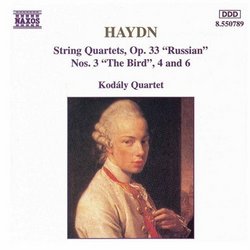 | Franz Joseph Haydn, Kodaly Quartet Haydn: String Quartets, Op. 33 "Russian", No. 3 "The Bird", 4 and 6 Genre: Classical
Haydn claimed that his Op. 33 string quartets were composed in a "new and special way," and ever since musical scholars have been arguing about what he meant. Was it mere advertising, or is something different really going... more » |
Larger Image |
CD DetailsSynopsis
Amazon.com Haydn claimed that his Op. 33 string quartets were composed in a "new and special way," and ever since musical scholars have been arguing about what he meant. Was it mere advertising, or is something different really going on? One this is certain: in place of the usual minuet movement, Haydn invented something called a "Scherzo," which means "joke" in Italian--an innovation that was immediately taken up by Beethoven and just about every composer since. These were also the string quartets that inspired Mozart to compose his great Six Quartets Dedicated to Haydn, making them one of the most influential set of pieces in the history of music. Witty, sophisticated, and tuneful, the music itself is its own best advertisement. --David Hurwitz Similar CDs
Similarly Requested CDs
|
CD ReviewsAnother of many great Naxos discs Robert Buchanan | Wisconsin | 08/06/2007 (5 out of 5 stars) "These performances of Haydn's exemplary, charming, very formal quartets are excellent, and the sound of this disc is as bright and pristine as that of the other releases in this series. While these are hardly the finest recordings of these works, the Kodály Quartet are an excellent ensemble and their interpretations are as faithful and capably performed as can be expected on a contemporary release." Listen to The Bird Giordano Bruno | Wherever I am, I am. | 06/28/2010 (5 out of 5 stars) "If you spend your money buying the performances of Haydn's Quartets by the Kodaly Quartet on separate disks. They've all be included in the Naxos 25-CD "Complete Haydn Quartets" bargain box, and unlike many such bargains, they come with an ample booklet of historical and musicological notes. To my ears, although not all the Kodaly interpretations are equally impressive, the Big Box has come to seem quite a wonderful acquisition.
Three of the six quartets from Opus 33 have nicknames in English -- The Joke, The Bird, & How Do You Do -- almost a guarantee that they will be more familiar and more popular with audiences. The six were split into two CDs in this original release, with the first CD containing #s 5, 2, & 1, while the second CD contains #s 3, 6, and 4. In other words, the most affective and complex three are on one disk, the second, and the most facile and galante are on the other, the first. That seems uncommonly 'decent' for a recording company so i preseume it was the choice of the musicians. If you decide to buy one CD, make sure it's the CD that features #s 3, 6, & 4, or "The Joke" will be on you! In general, Opus 33 seems to me to be a sort of retrenchment in to the galante lightweight style of earlier Rococo chamber music, after the bold structural complexity and serious tenor of the Sun quartets, Opus 20. Especially the three compositions on CD1 step backward from the 'classical' distribution of musical interest across all four voices of the quartet; as in earlier works, most of the melodic 'attention' is focused on the first violin. That, unfortunately, reveals the weakest qualities of the Kodaly ensemble and of all quartets performing on 'modern' instruments. The timbre of the first violin, so far removed from the lower voices, sounds wiry and scrape-ish. Perhaps that's why the three quartets on CD2 sound so much better - not because they're more ably performed but because they aren't so exposed. In any case, I'm giving CD1 three stars and CD2 five stars." |

 Track Listings (12) - Disc #1
Track Listings (12) - Disc #1




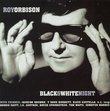

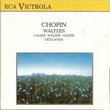
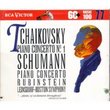
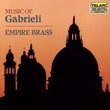
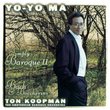
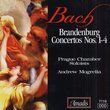

![Gershwin: Porgy & Bess [With Members of the Original Cast]](https://nationalbookswap.com/cd//m/71/7871/117871.jpg)